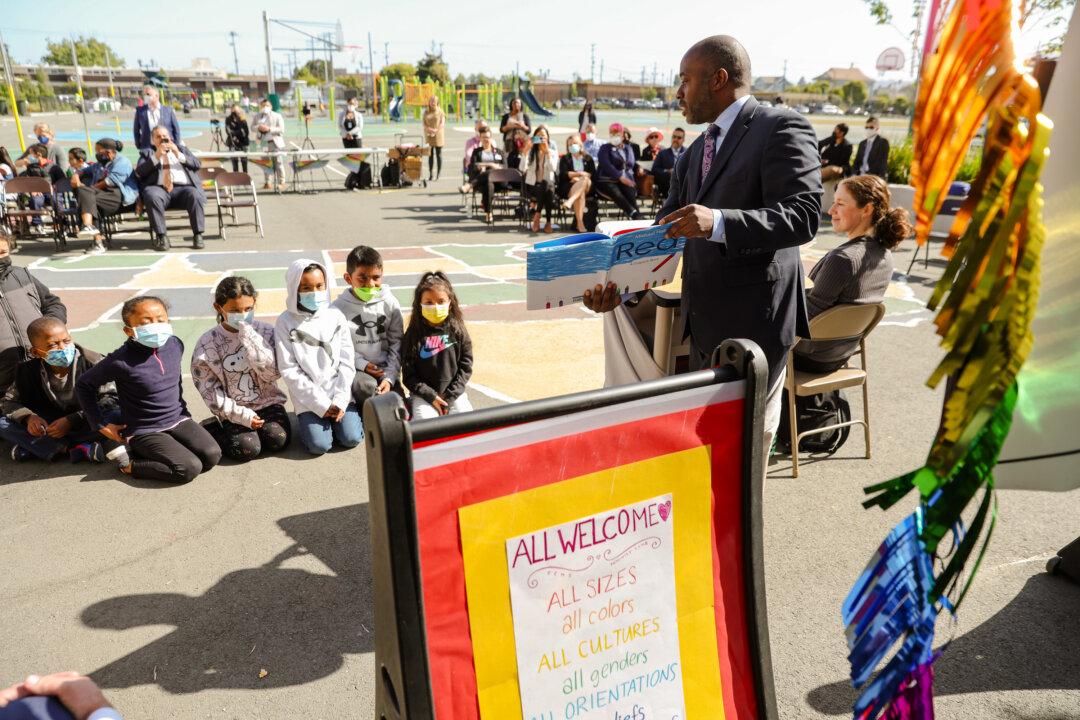California’s legislative analyst last month opposed Gov. Gavin Newsom’s $300 million earmarked in his 2023–24 budget proposal to fix academic gaps and racial disparities in the state’s lowest-income schools—saying the state should focus on accountability and transparency instead.
The additional funds—which Newsom calls “equity multiplier”—came at the push from members of the Legislative Black Caucus, a group of black lawmakers who address legislative concerns for black Americans and other ethnic groups.





